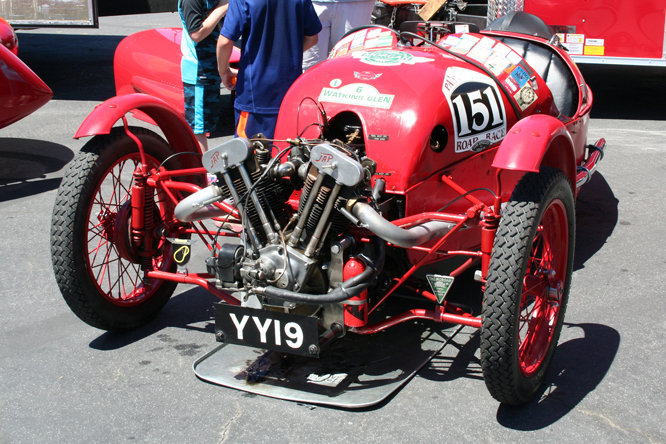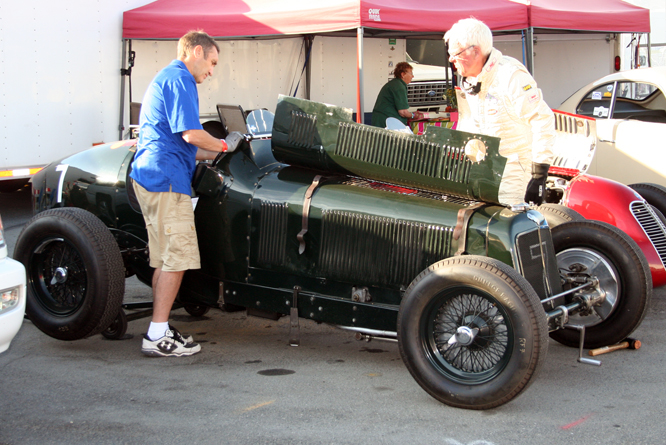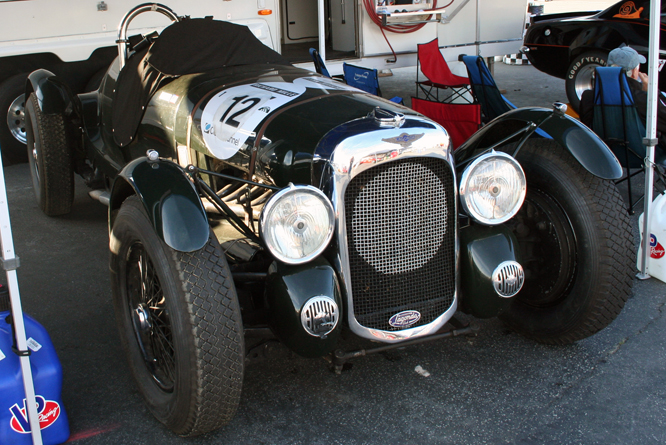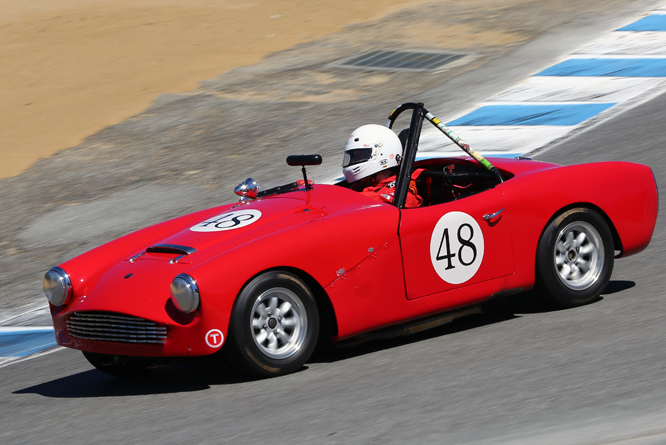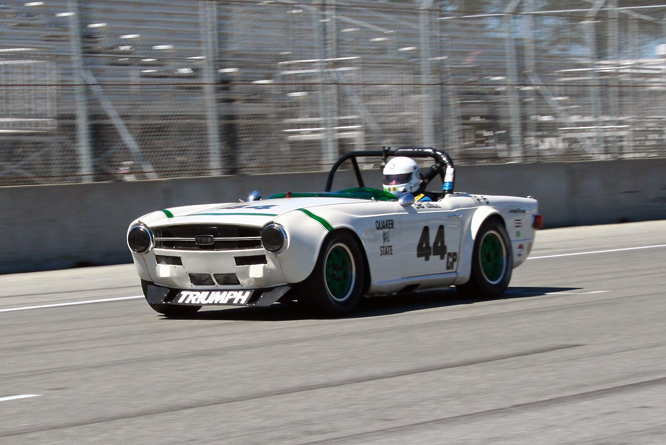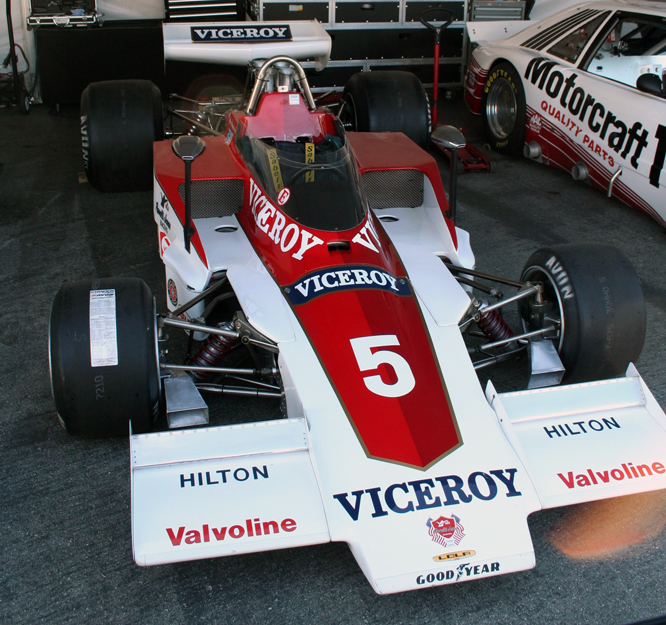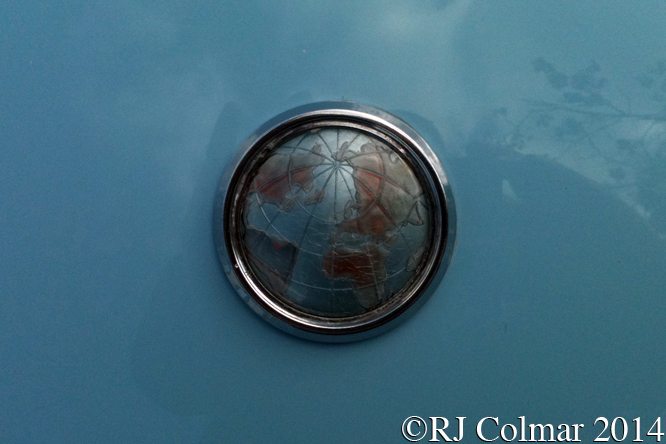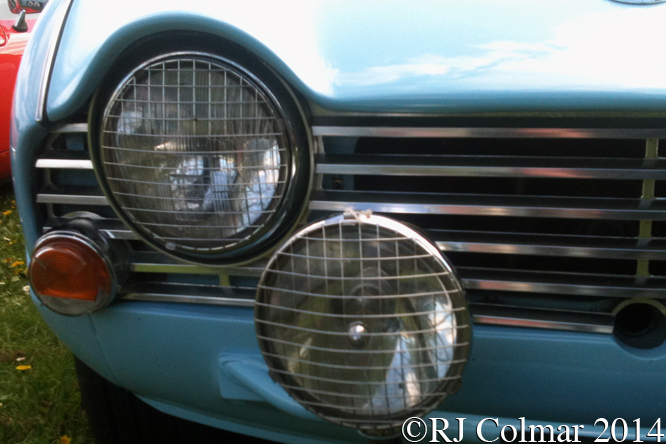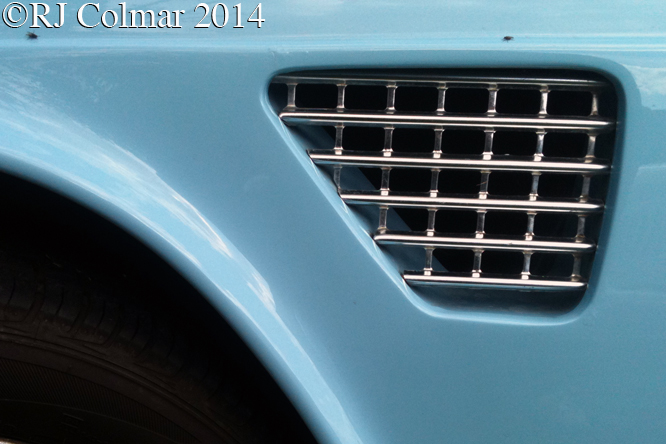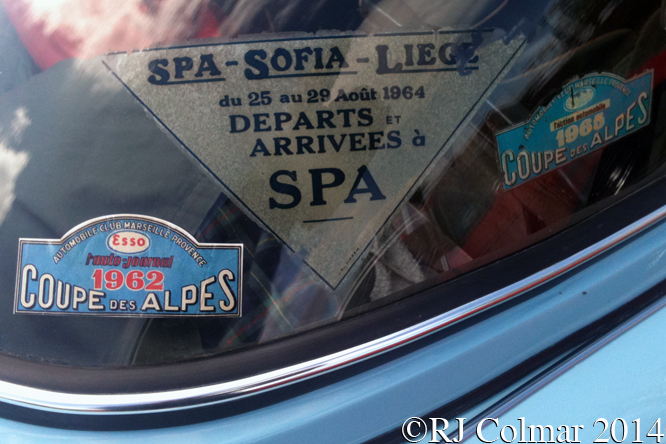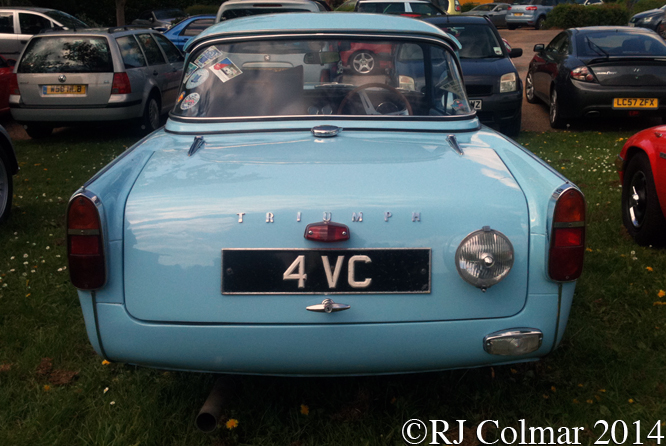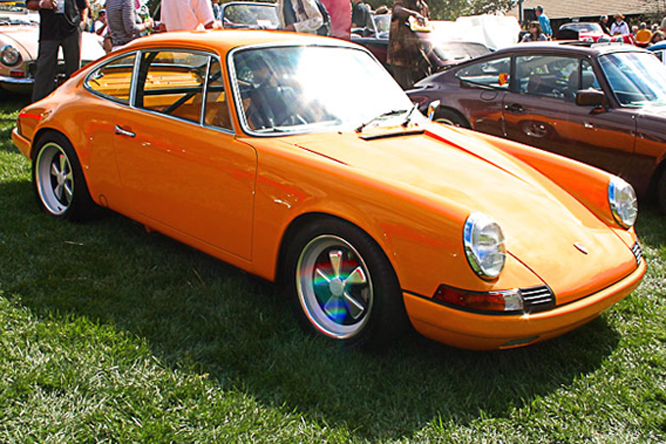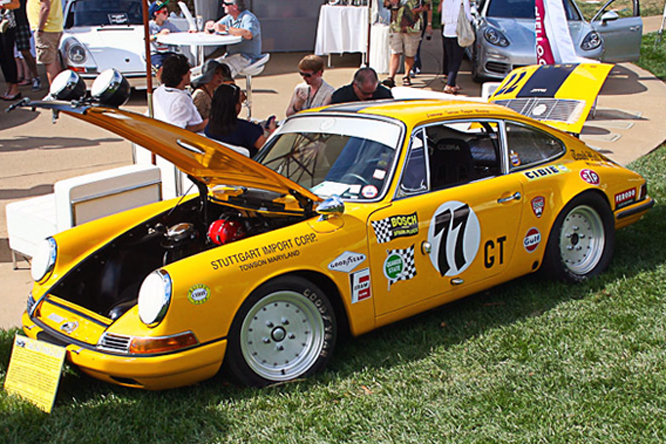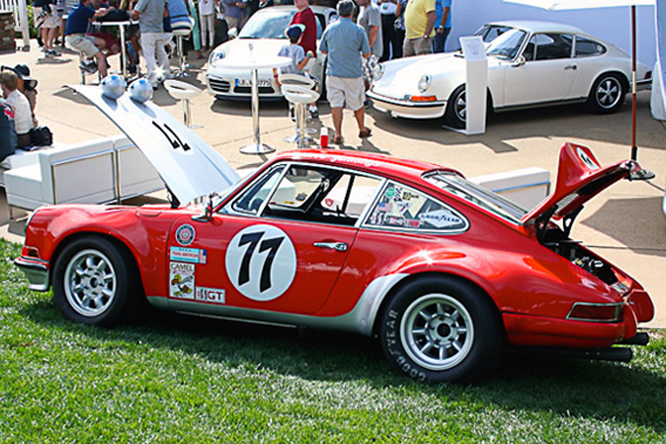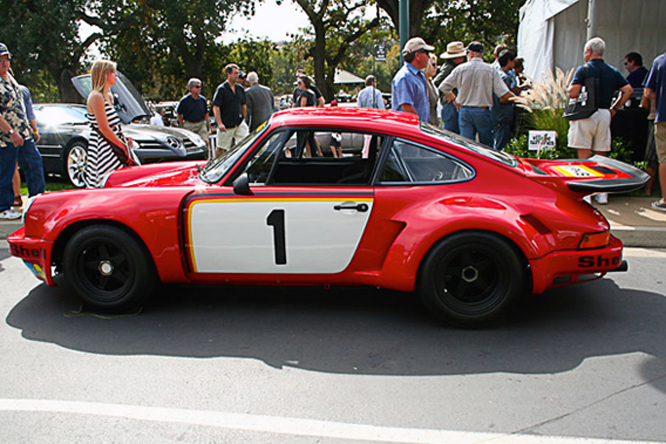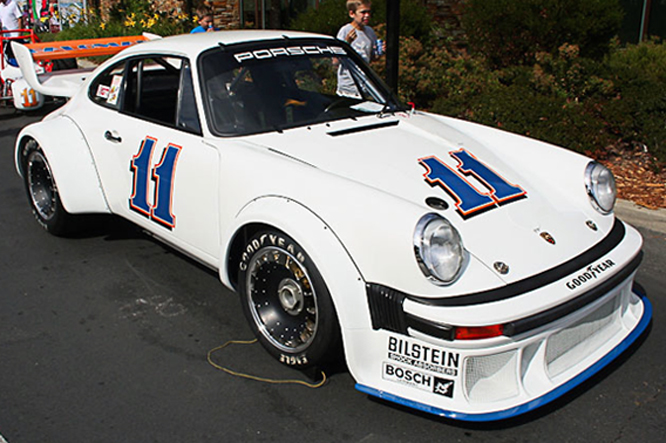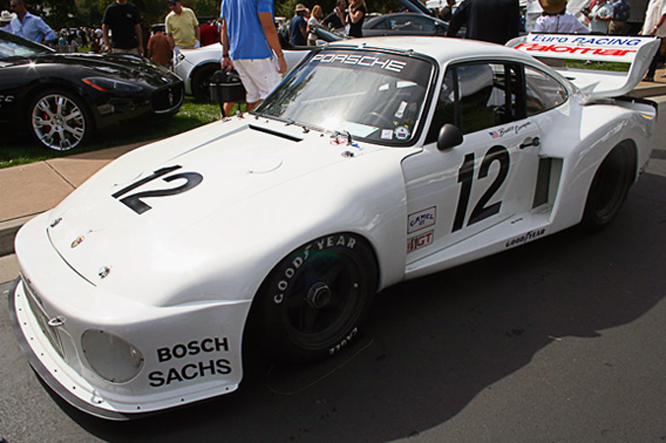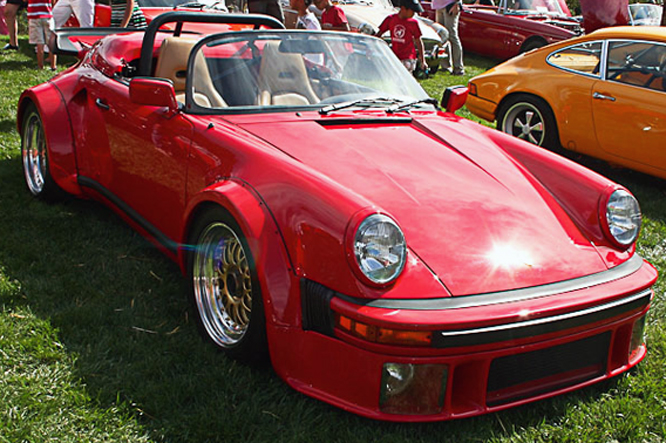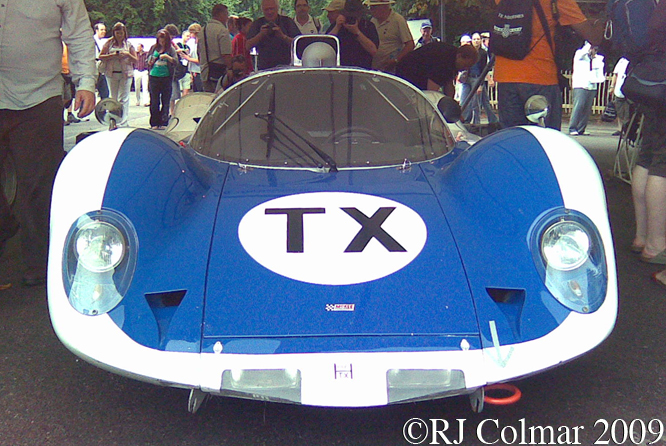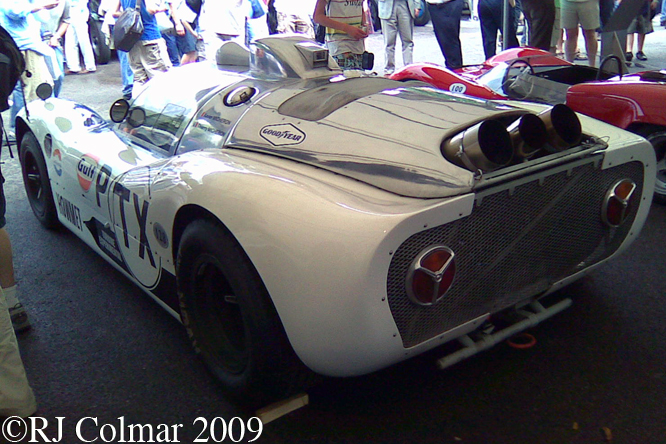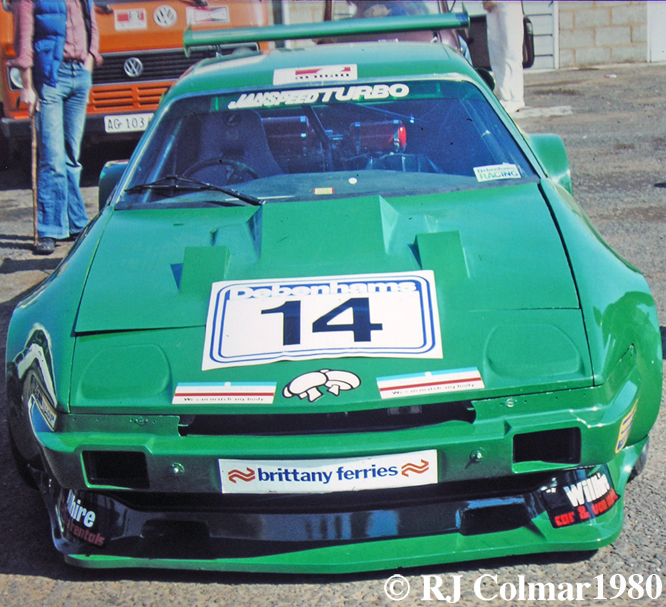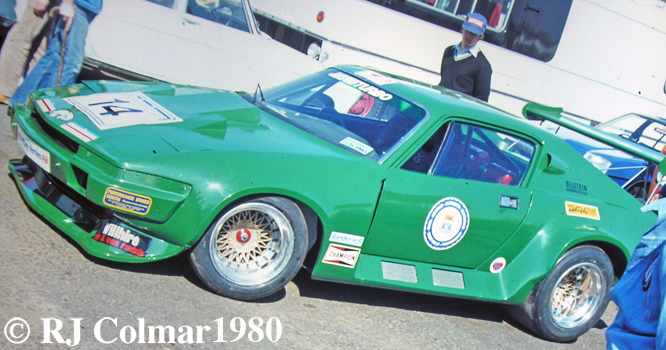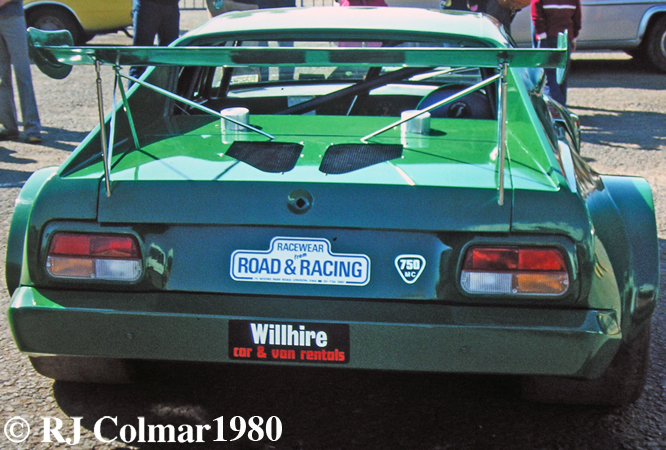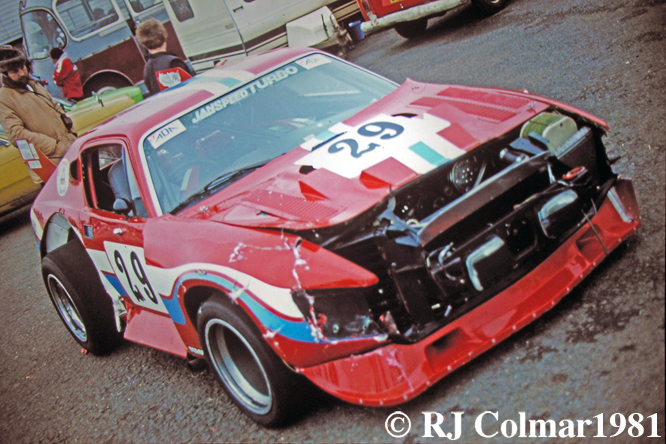If one foreigner deserves a knighthood for trying to keep the British Motor industry alive while it was in self destruct mode twixt the early 1960’s and late 1980’s my nomination without question would go to Bob Tullis who prepared and raced a succession of British sports cars from Triumph and Jaguar to numerous victories over the 30 years in question.
Perhaps most remarkably of all having been a successful driver for 20 years, which included driving a few non British vehicles like the Dodge Dart, AMC Javelin,Bruce Jennings Porsche 911 and a one off drive in a works Oldsmobile Cutlass, Bob and Group 44 Inc business partner Brian Feurstenau managed to persuade Mike Dale of Jaguar Cars Inc, New Jersey, to fund an IMSA GT Prototype project which would see Jaguar return to Le Mans nearly 30 years after their last official appearance at the circuit in 1955.
Tullis who’s diverse endurance experience included driving the Triumph Spitfire Coupé and Howmett gas turbine car at Le Mans employed Lee Dykstra to design the new Jaguar XJR5 IMSA GTP challenger.
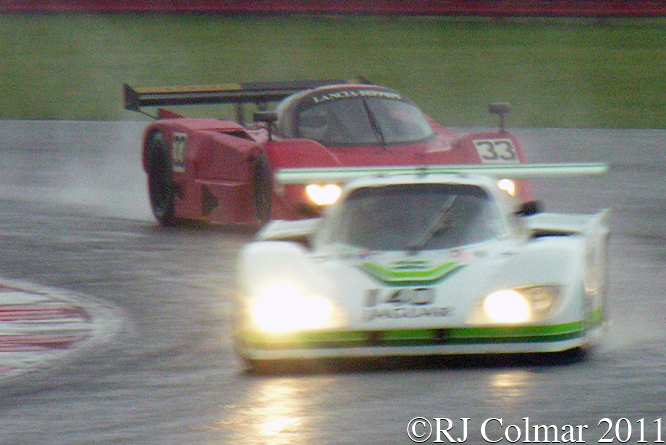
The XJR5 was to be powered by a variant of the 2 valve per cylinder 5.34 litre / 326 cui Jaguar V12 which Bob had successfully campaigned in his Trans Am Quaker State Group 44 Inc Jaguar E-Type and later XJS models since the mid 1970’s.
In August 1982 Bob and long time co driver Canadian Bill Adam drove the XJR5 to a debut 3rd place finish behind two of the outgoing Porsche 935’s at Road America to score a debut class victory.
Bob and Bill scored the teams first overall victory at Road Atlanta in April 1983, two more followed at Lime Rock and Mosport, Doc Bundy then shared the final XJR5 victory in 1983 at Pocono with Bob.
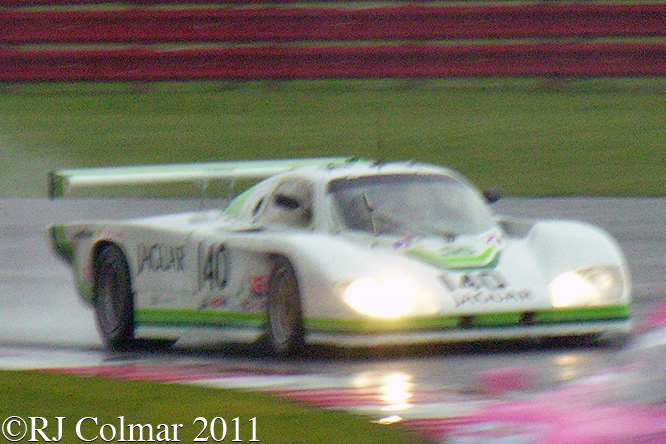
Today’s featured chassis #006 first appeared at the 1984 Daytona 24 Hours where Bill Adam, Pat Bedard and Brian Redman qualified 6th and were classified a disappointing 24th, the sister car driven by Doc Bundy, David Hobbs and Bob Tullius qualified and finished 3rd.
Next time out at Miami with Brian and Doc at the wheel chassis #006 qualified 4th but more importantly crossed the line first when the chequered flag fell. Despite the team increasing the capacity of it’s V12 motors to a full 6 litres / 366 cui a couple of months later this would prove be their only overall victory in 1984.
After Porsche’s top driver Derek Bell had been suitably impressed with the XJR5 after testing it in 1983 Jaguar gave the green light to Bob and Group 44 to take the cars, one of which would be #006 driven by Tony Adamowicz, John Watson and Claude Ballot-Léna to Le Mans in 1984.
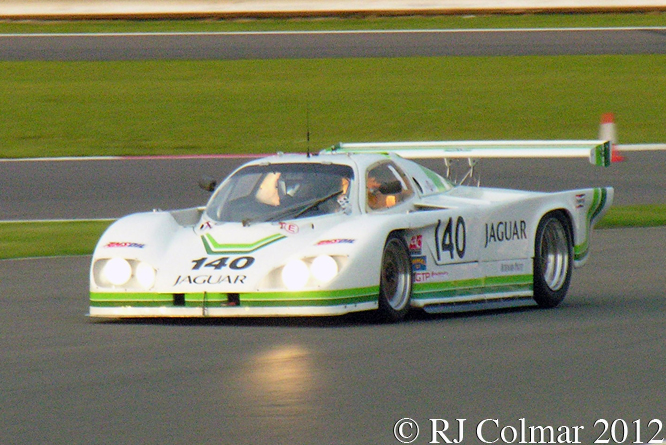
Tony, John and Claude qualified 19th and retired after an accident on lap 212 while the sister car driven by Brian, Doc and Bob qualified 14th and made it to lap 291 before the gearbox gave up.
Chassis #006 returned to the States and finished the season with a 2nd place finish in the Daytona 3 Hours with Brian and Hurley Haywood at the wheel.
For 1985, by which time Lee Dykstra reckoned he had redesigned 99% of the XJR5, #006 was prepared for the Le Mans 24 hours.
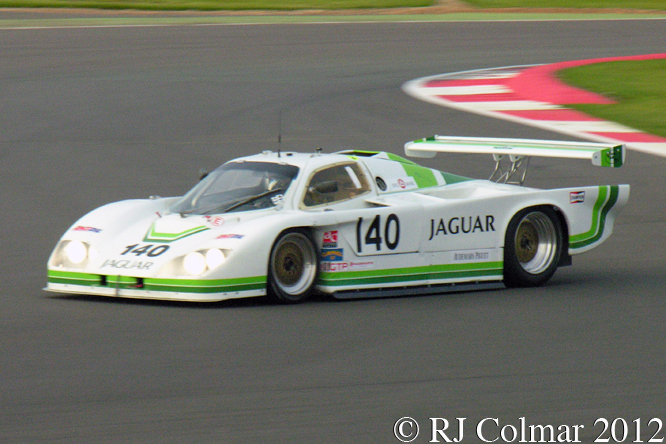
Jim Adams joined Brian and Hurley in chassis #006 where the car was qualified 17th and retired after only 151 laps with a constant velocity joint failure.
The sister car driven by Bob, Chip Robinson and Claude qualified 16th and finished 13th overall and first in the GTP class.
The cars final two races were back in the States where Chip Robinson joined Hurley to score a best 2nd place finish at Pocono in September 1985 on it’s final in period race appearance.
At Daytona in December 1985 the XJR5 model appeared for the last time, before it was replaced by the all new XJR7 in 1986, Brian and Hurley sent the model into retirement with a fine second place less than 8.5 seconds behind the winning Hobert Racing Porsche 962 driven by Al’s Holbert and Unser.
Today #006 is owned by Don Miles who can be seen driving the car at Silverstone Classic events in these photographs.
Thanks for joining me on this “Hot In Miami” edition of “Gettin’ a li’l psycho on tyres” I hope you will join me again for Ferrari Friday tomorrow. Don’t forget to come back now !
